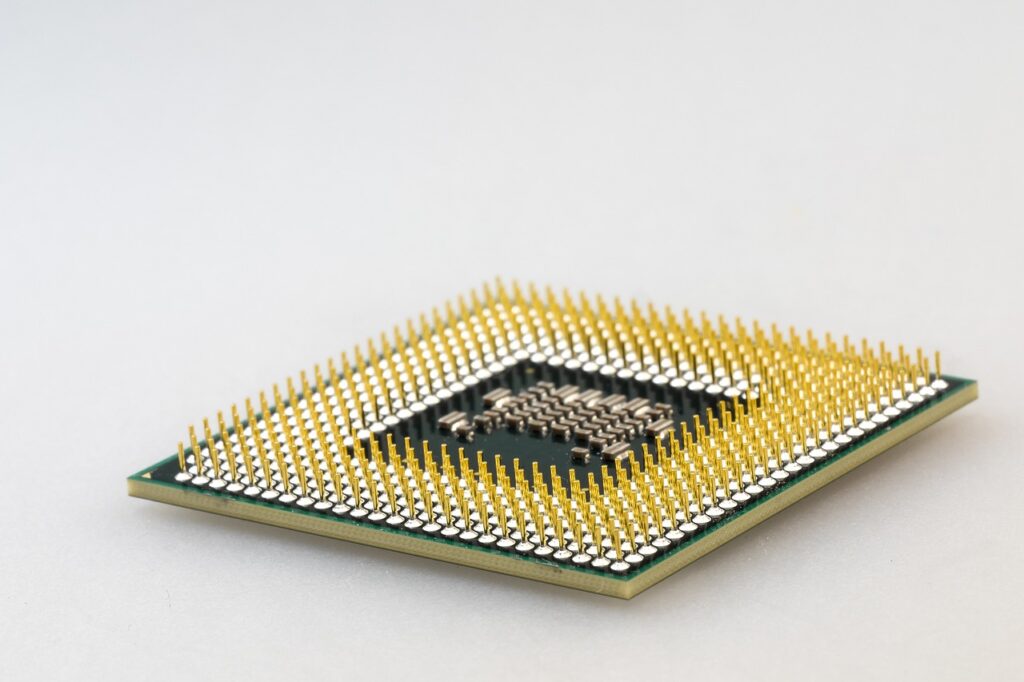Demystifying CPU: The Heart of Your Computer
¬
In the realm of computing, the Central Processing Unit (CPU) reigns supreme, serving as the beating heart of every electronic device, from the humble desktop computer to the most advanced supercomputers. Understanding the CPU is fundamental to grasping the inner workings of modern technology. In this comprehensive guide, we’ll delve into the depths of what the CPU is, where it resides in a computer, its functions, and components, and explore advanced concepts such as CPU cores, threads, hyper-threading, and overclocking.
Unveiling the CPU and where do you find it in a computer?
The Central Processing Unit, or CPU, is a silicon chip housed within a computer that executes instructions and performs calculations necessary for the operation of the device. Serving as the primary component of the computer’s hardware, the CPU interprets and executes instructions from software programs, making it indispensable for any computing task. You’ll typically find the CPU housed within the computer’s motherboard, usually beneath a heat sink and fan to dissipate heat generated during operation.
What are computer programs and where are they stored?
Computer programs are sets of instructions written in programming languages that tell the CPU what tasks to perform. These programs are stored on various storage devices such as hard drives, solid-state drives (SSDs), or even cloud-based storage solutions.
What does a CPU do?
The CPU’s primary function is to execute instructions provided by computer programs. It performs a wide range of tasks, including arithmetic calculations, logic operations, data manipulation, and control flow operations.
How Does the CPU Work?
At its core, the CPU consists of millions of tiny electronic components known as transistors, arranged in intricate patterns on the silicon chip. These transistors work together to perform calculations and manipulate data according to the instructions provided by software programs.
The CPU operates in a cyclical manner, following a series of steps known as the instruction cycle. This cycle includes fetching instructions from the computer’s memory, decoding them to understand their meaning, executing the instructions, and then storing the results back in memory if necessary.
Furthermore, modern CPUs often feature multiple cores, allowing them to execute multiple instructions simultaneously, thereby enhancing performance and efficiency.
The Significance of the CPU
The CPU plays a pivotal role in determining the overall performance of a computer system. Its speed, measured in gigahertz (GHz), determines how quickly it can execute instructions and process data. Additionally, factors such as the number of cores and cache size also influence the CPU’s performance.
In essence, the CPU acts as the driving force behind every operation performed by a computer, from simple arithmetic calculations to complex data processing tasks. Its efficiency and capabilities directly impact the user experience, making it a critical component of any computing device.
¬
The main parts of a CPU
A CPU comprises several key components, including the arithmetic logic unit (ALU), control unit, registers, cache memory, and bus interface. Each component plays a crucial role in the CPU’s overall functionality.
What are CPU cores?
CPU cores are individual processing units within a CPU that can execute instructions independently. Modern CPUs often feature multiple cores, allowing them to handle multiple tasks simultaneously, thereby improving performance and multitasking capabilities.
What are CPU threads?
CPU threads represent virtualized processing units within a CPU core. They allow the CPU to execute multiple sets of instructions concurrently, enhancing overall efficiency and performance, particularly in multi-threaded applications.
What is hyper-threading?
Hyper-threading is an Intel technology that enables a single CPU core to handle multiple threads simultaneously. By leveraging unused resources within a core, hyper-threading boosts CPU performance, allowing for smoother multitasking and improved responsiveness.
What is overclocking?
Overclocking is the process of increasing a CPU’s clock speed beyond its rated frequency to achieve higher performance. While overclocking can lead to significant performance gains, it also increases power consumption and heat generation, necessitating adequate cooling solutions.
Conclusion
In conclusion, the Central Processing Unit (CPU) serves as the backbone of modern computing, responsible for executing instructions and performing calculations vital for the operation of electronic devices. Understanding the intricacies of the CPU, from its components and functions to advanced concepts like cores, threads, hyper-threading, and overclocking, is essential for navigating the ever-evolving landscape of technology. As CPUs continue to evolve, driven by advancements in semiconductor technology and computer architecture, they will undoubtedly shape the future of computing, ushering in an era of unprecedented performance and innovation.
For more information with more articles: https://www.thefuntech.com/blog-posts/
For more information related to this article visit this site: https://www.freecodecamp.org/news/what-is-cpu-meaning-definition-and-what-cpu-stands-for/

